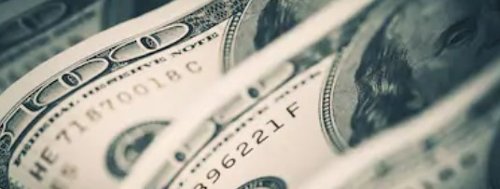
Get The Best Guaranteed No Credit Check Payday Loan Near Me in 2023
Payday loans may be appealing to individuals with bad credit histories. Loans with bad credit…

Payday loans may be appealing to individuals with bad credit histories. Loans with bad credit…
.png)
Woody Guthrie was a singer and music producer of his home in the United States.…
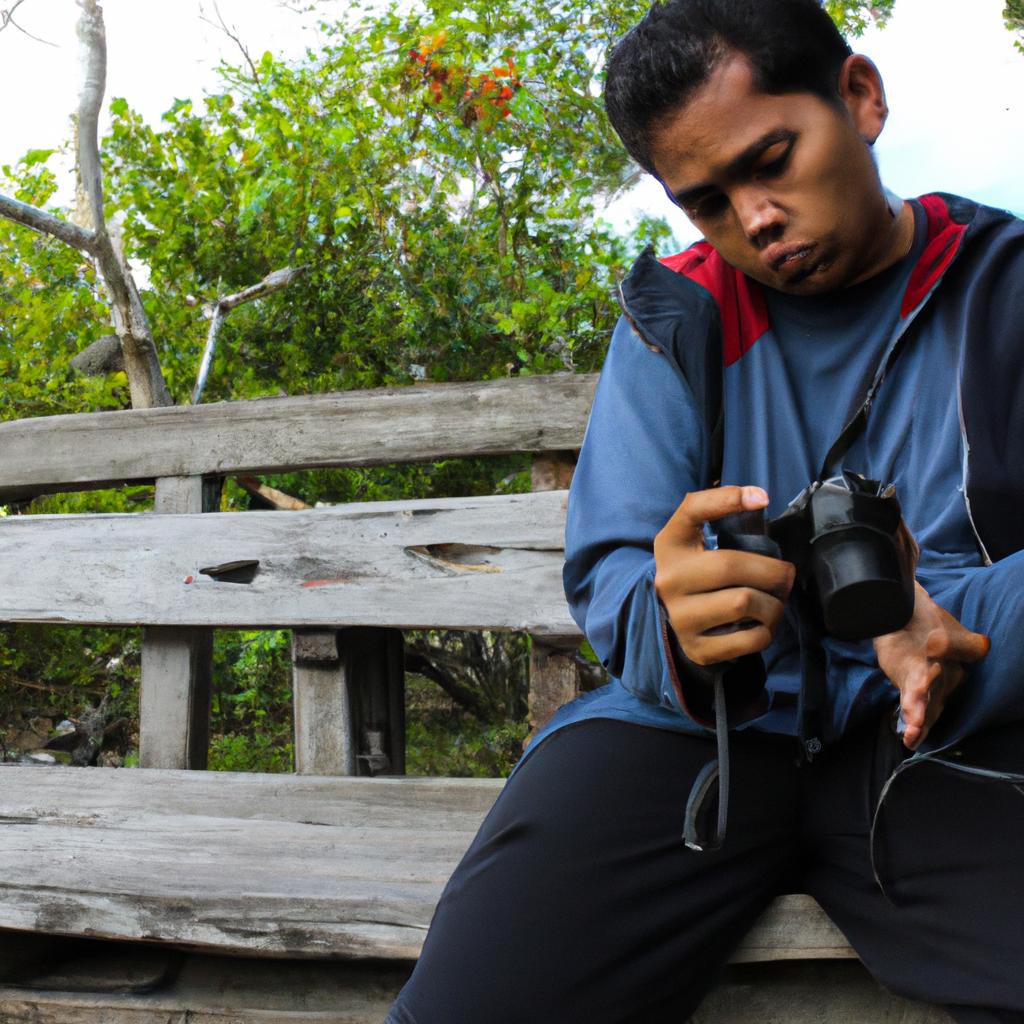
In the realm of arts and music, visual arts serve as a powerful medium for…
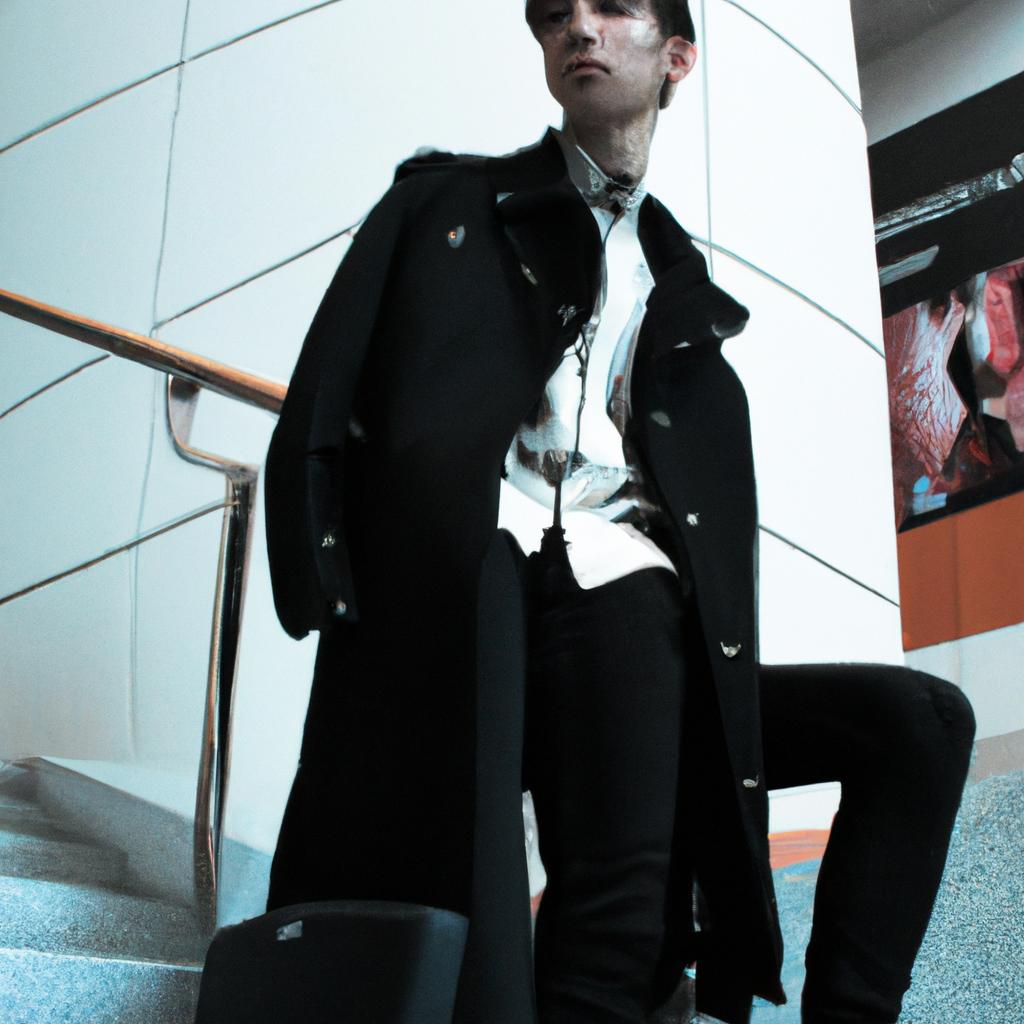
The art of theater is an intricate form of artistic expression that encompasses various elements,…
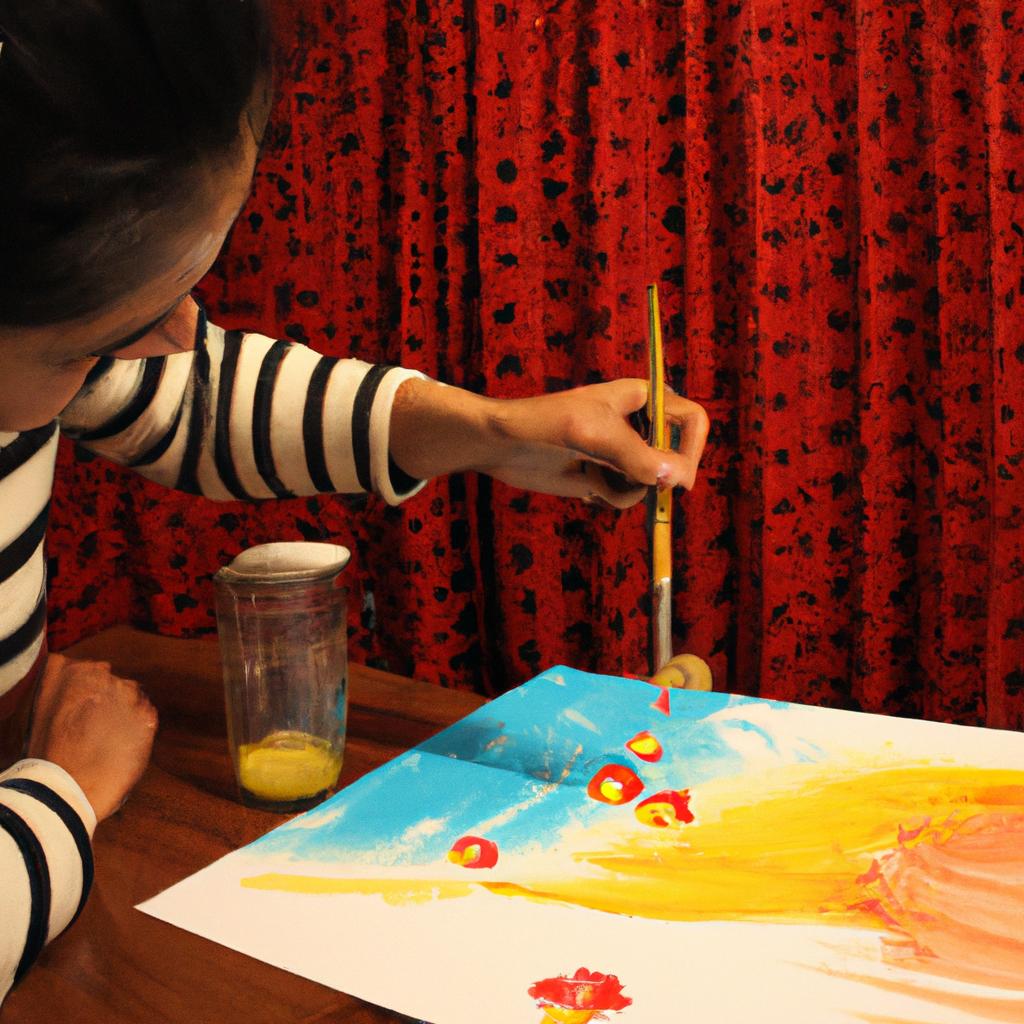
The visual realm in arts and music is a captivating subject that explores the convergence…
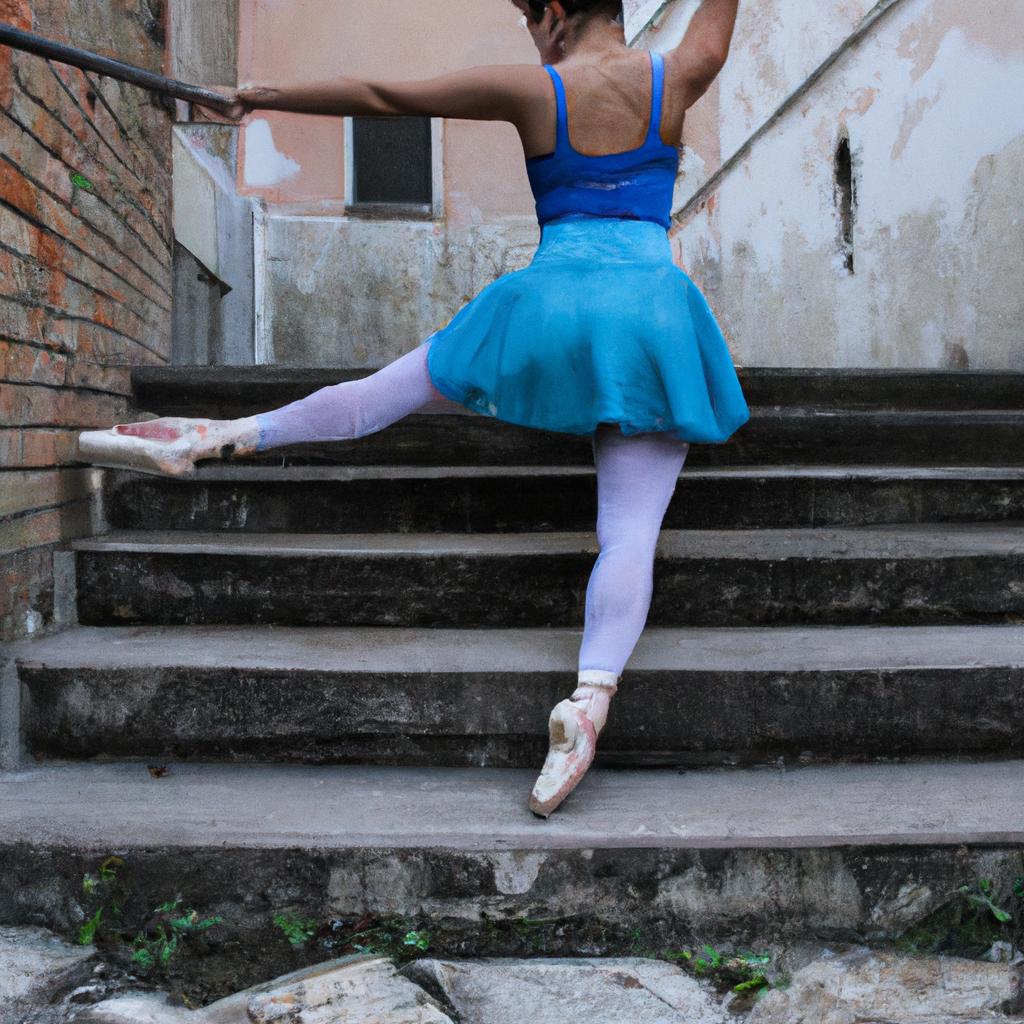
The art of movement is a captivating and expressive form of communication that transcends cultural…
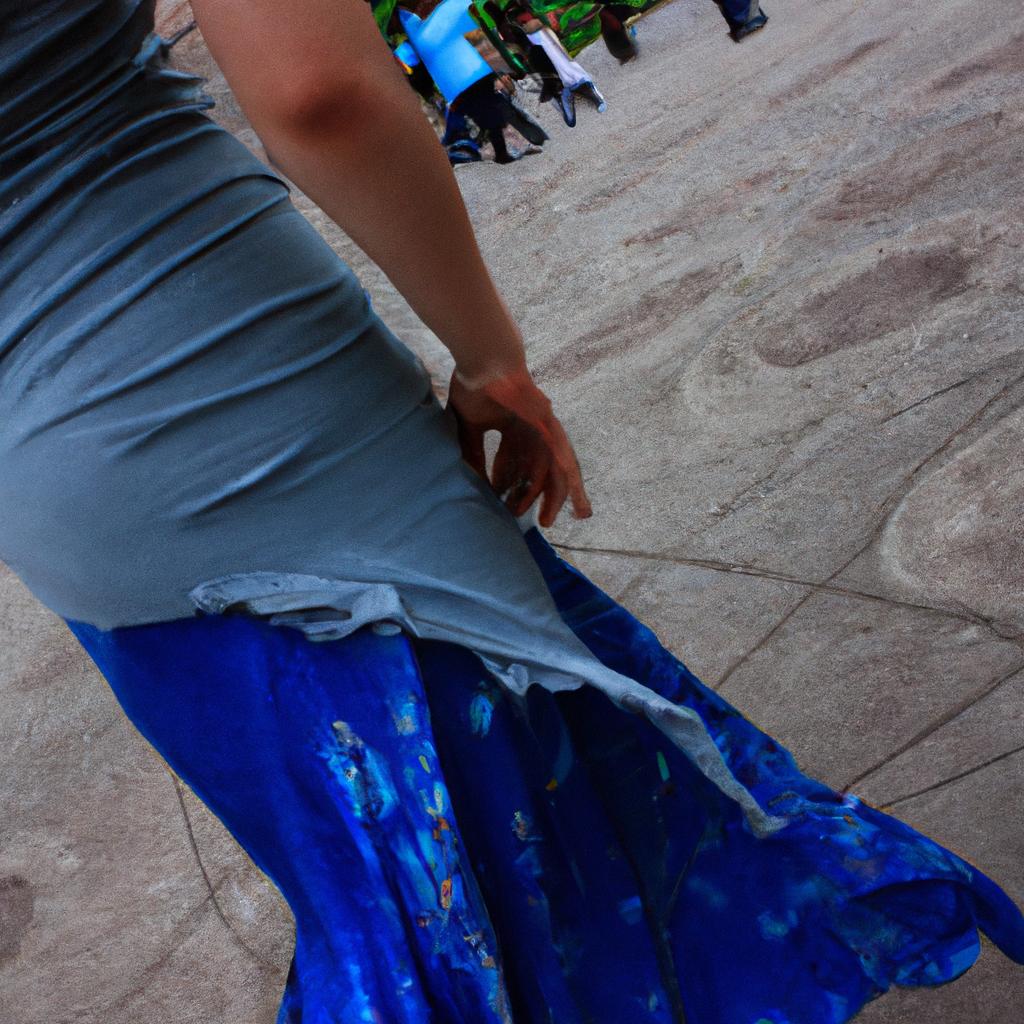
Jazz dance is a captivating form of artistic expression that seamlessly merges the rhythmic complexities…
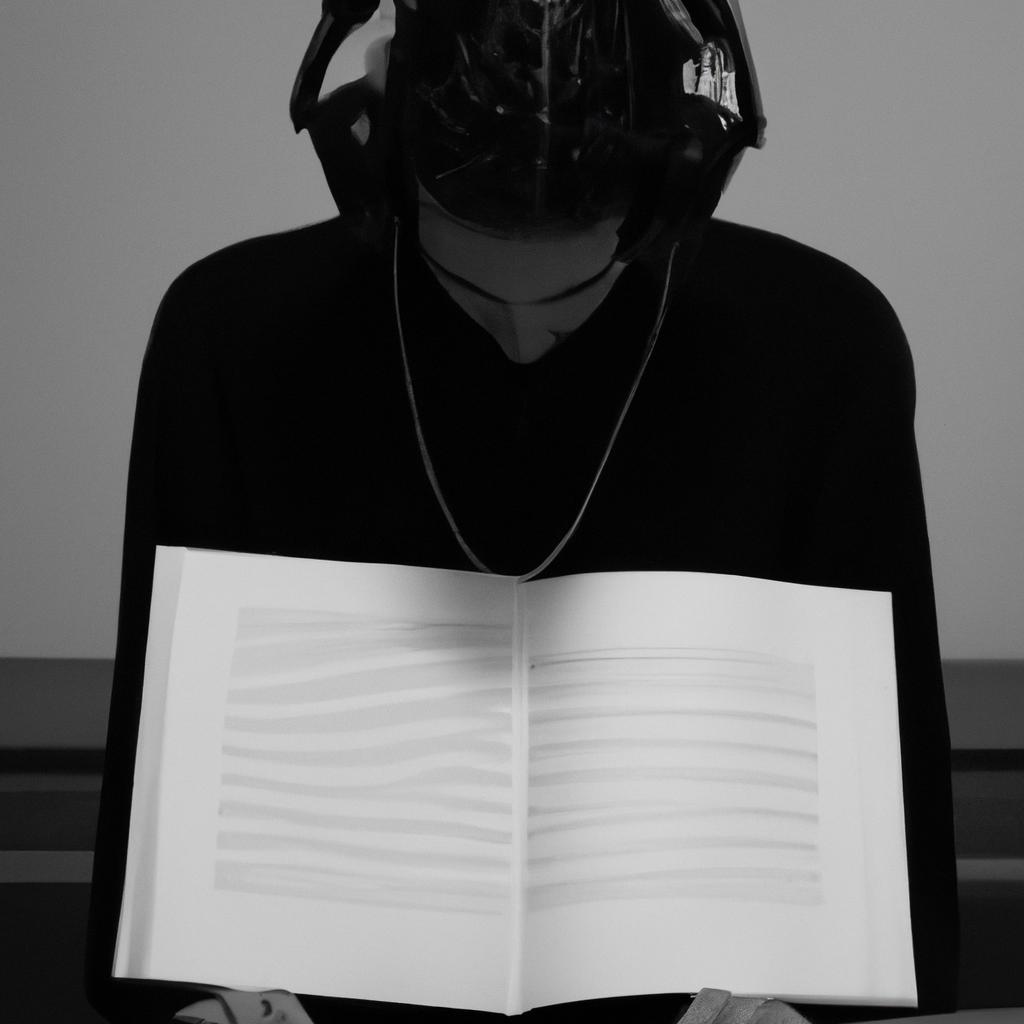
The art of film has long been a captivating medium that combines various artistic elements…
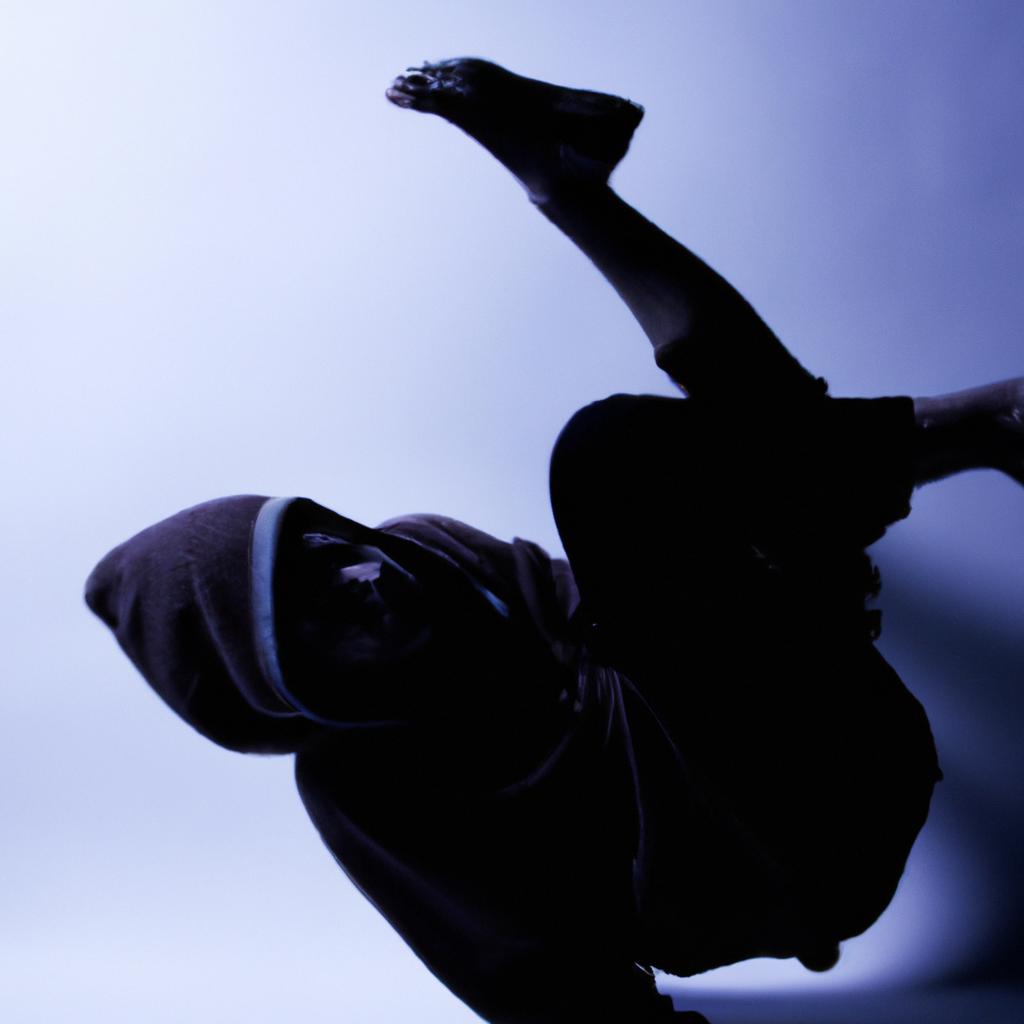
In the realm of arts and music, dance emerges as a captivating form of creative…
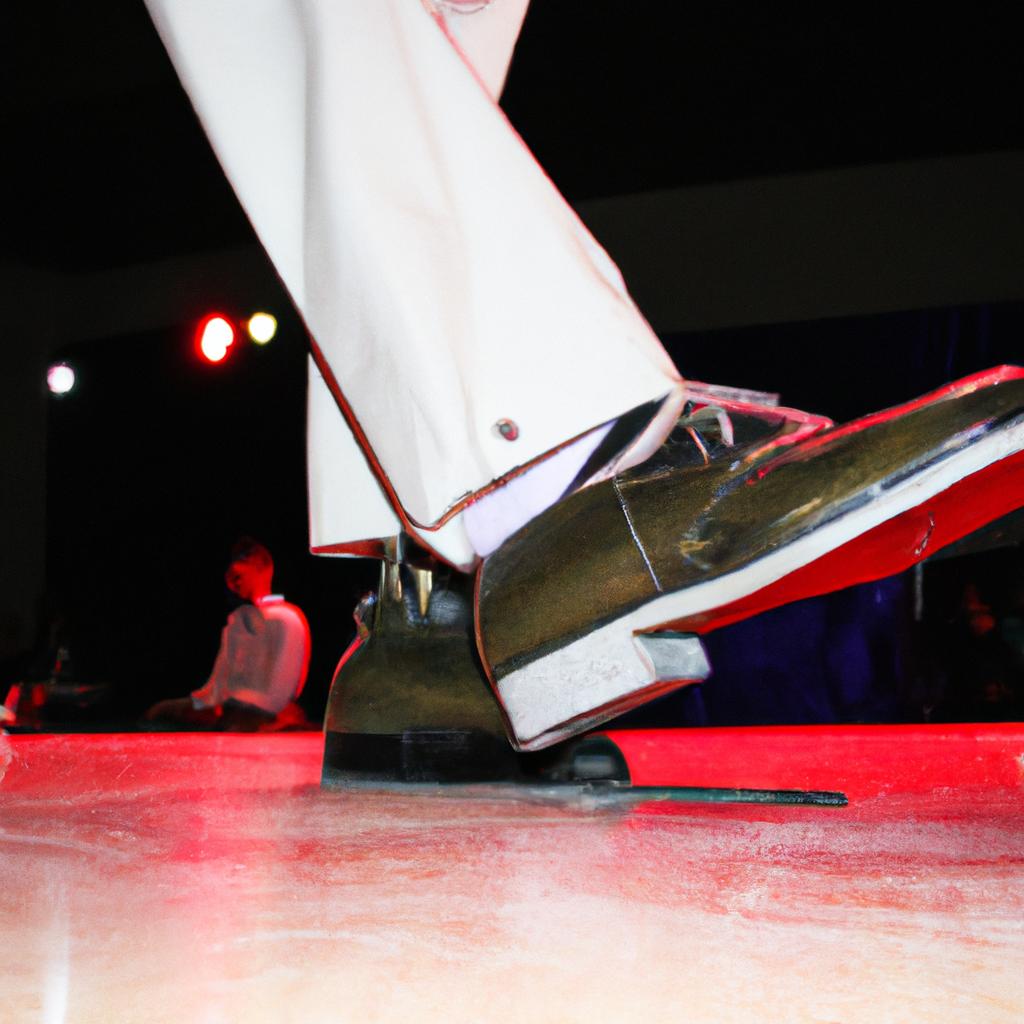
Tap dance is a rhythmic art form that merges elements of dance, music, and percussive…
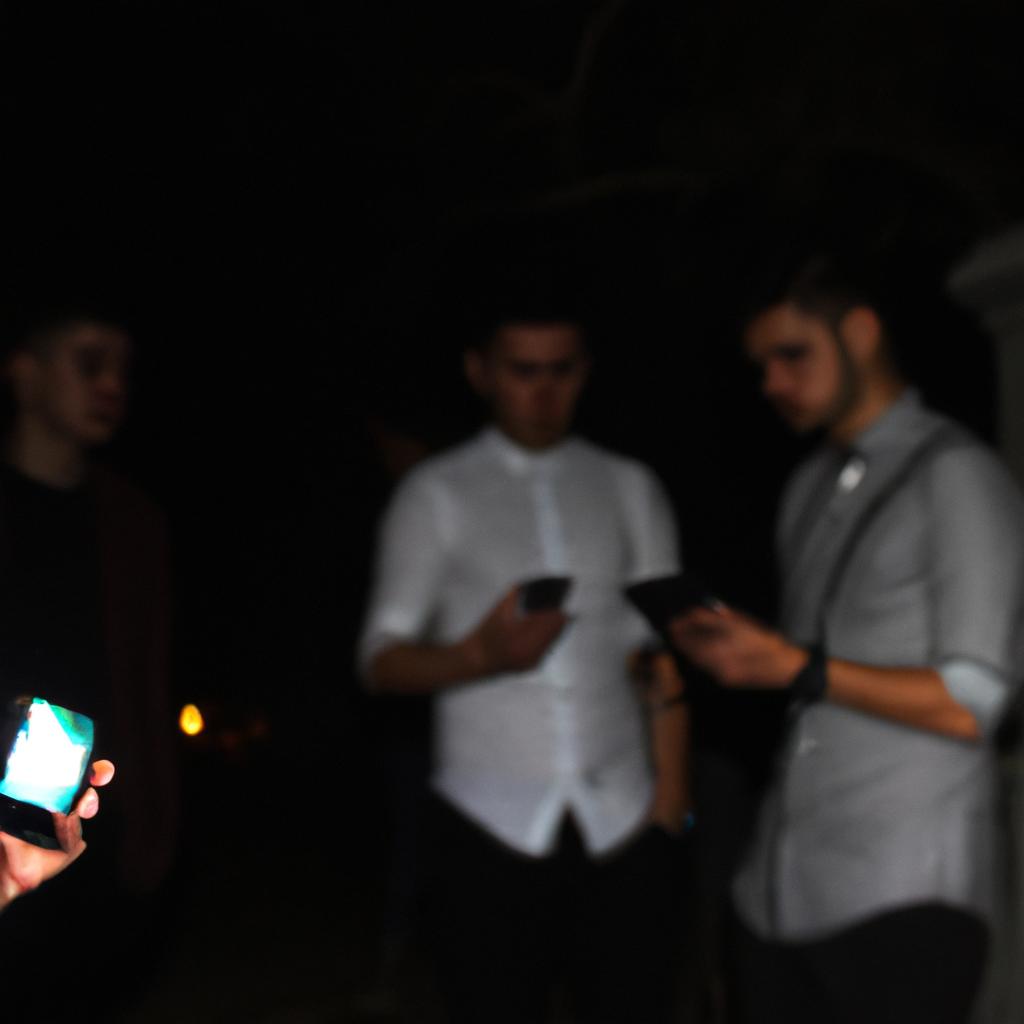
Street photography is a captivating art form that aims to capture the essence of urban…
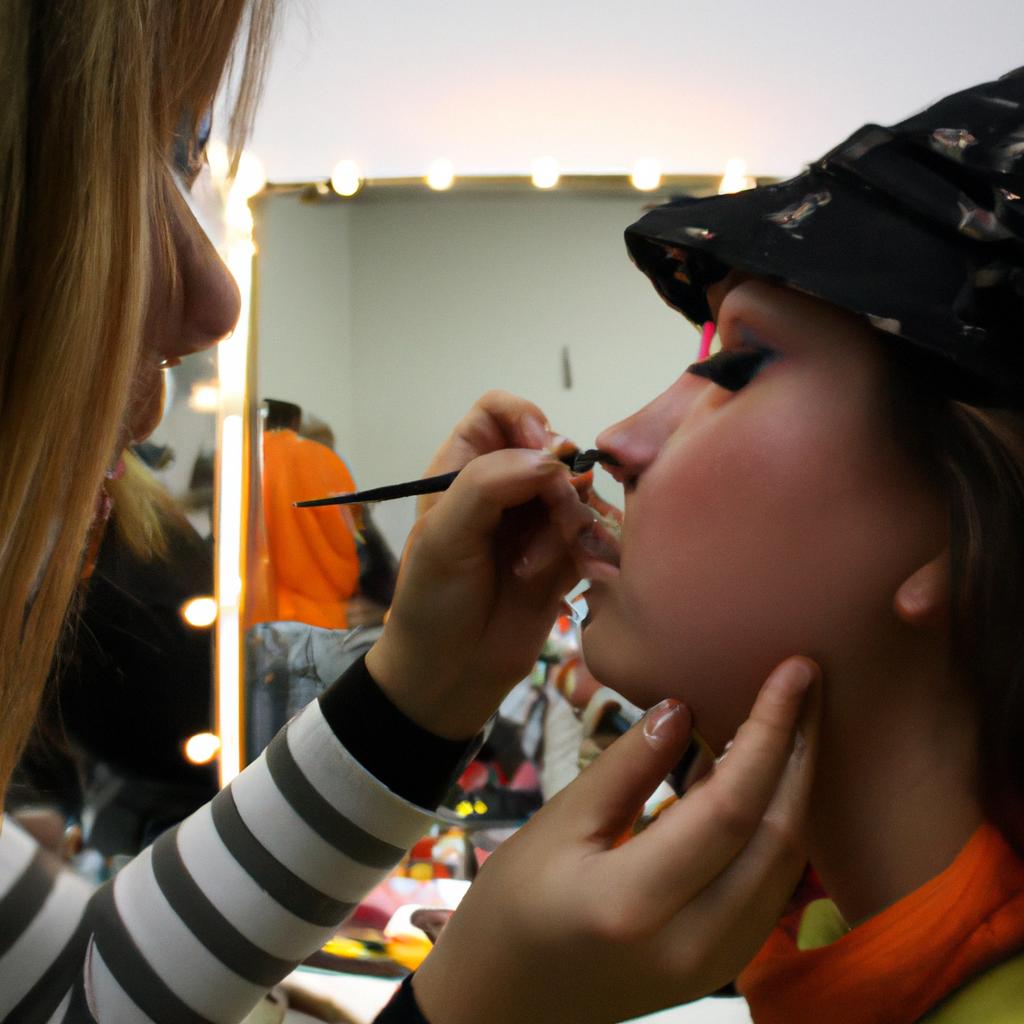
Stage makeup plays a crucial role in enhancing performances within the realm of theater arts…
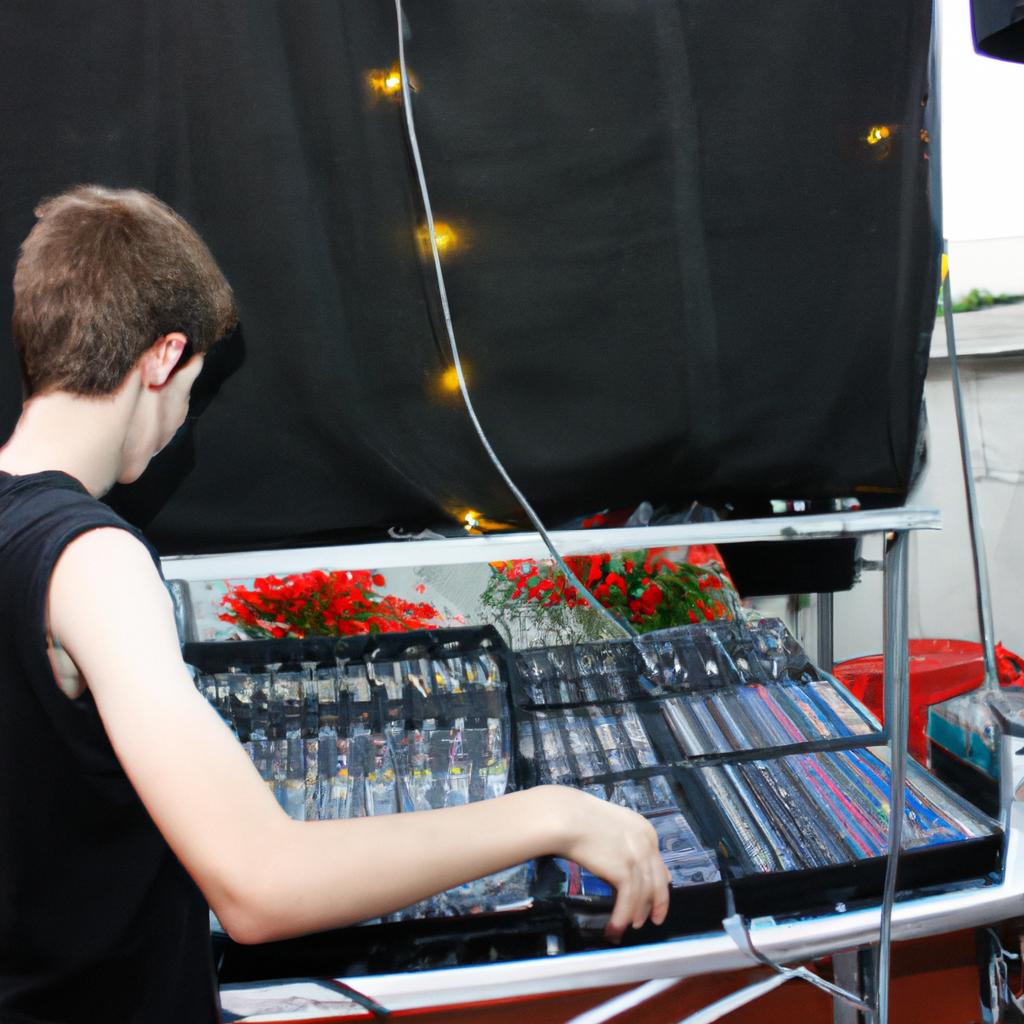
Sound design plays a crucial role in enhancing the artistic and musical elements of theater…

Sets are an integral aspect of the theater, playing a crucial role in enhancing the…
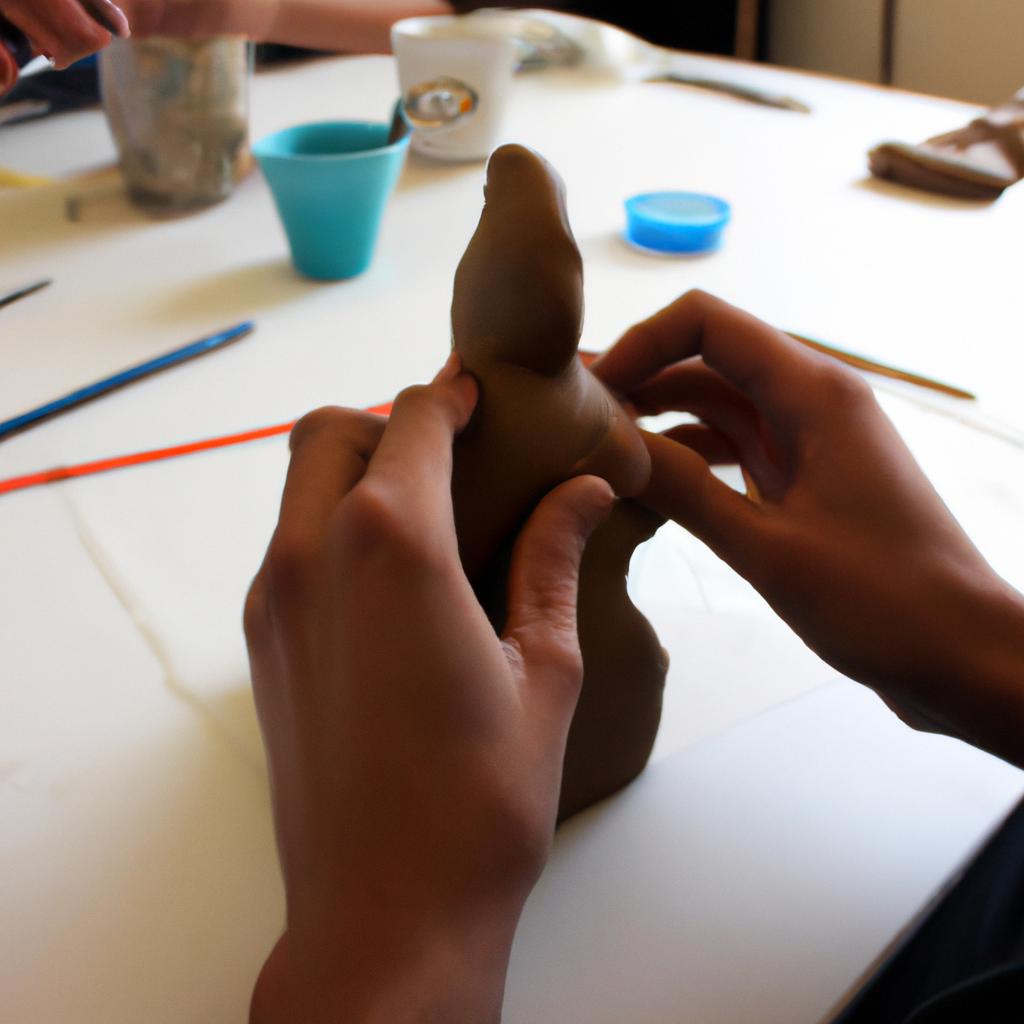
Sculpture: The Artistry in Visual Arts Imagine walking into a gallery, surrounded by an array…
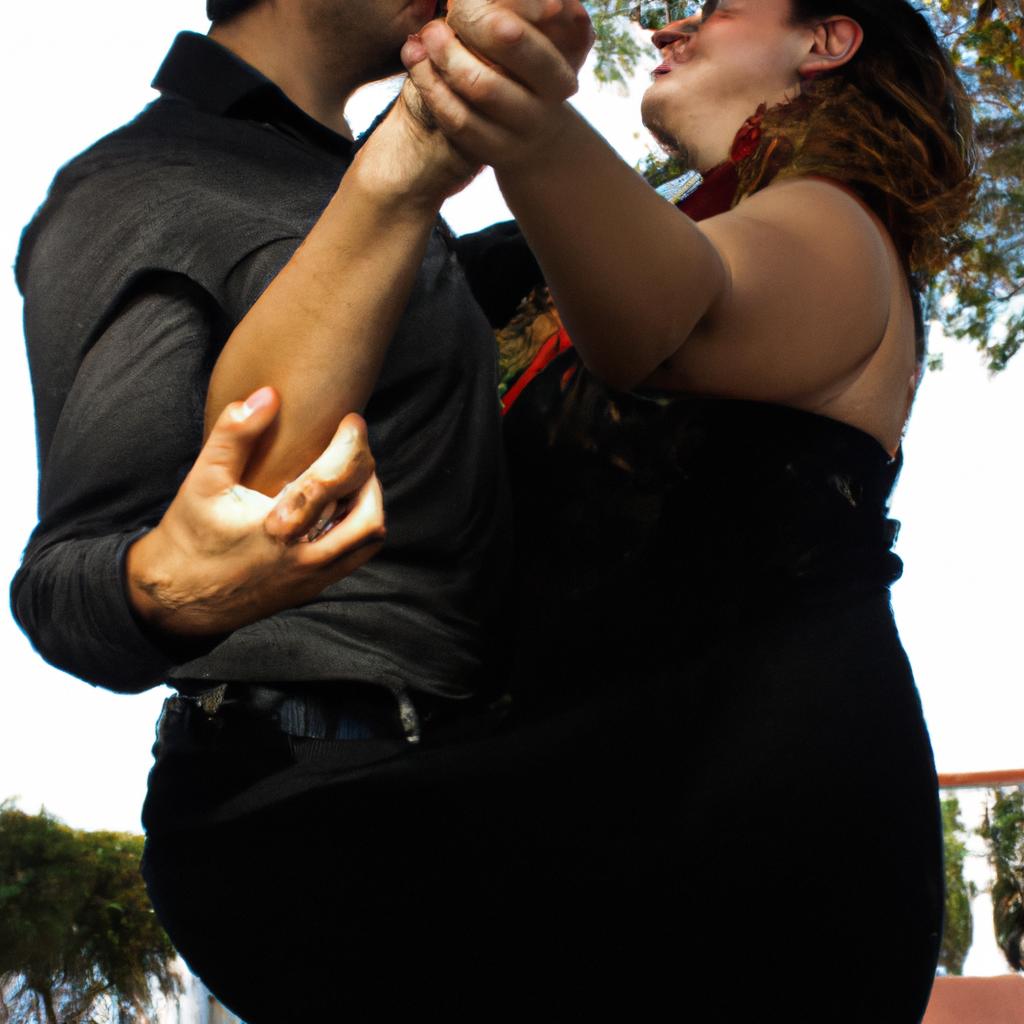
Salsa, an exhilarating dance form that originated in the Caribbean and Latin America, has captivated…
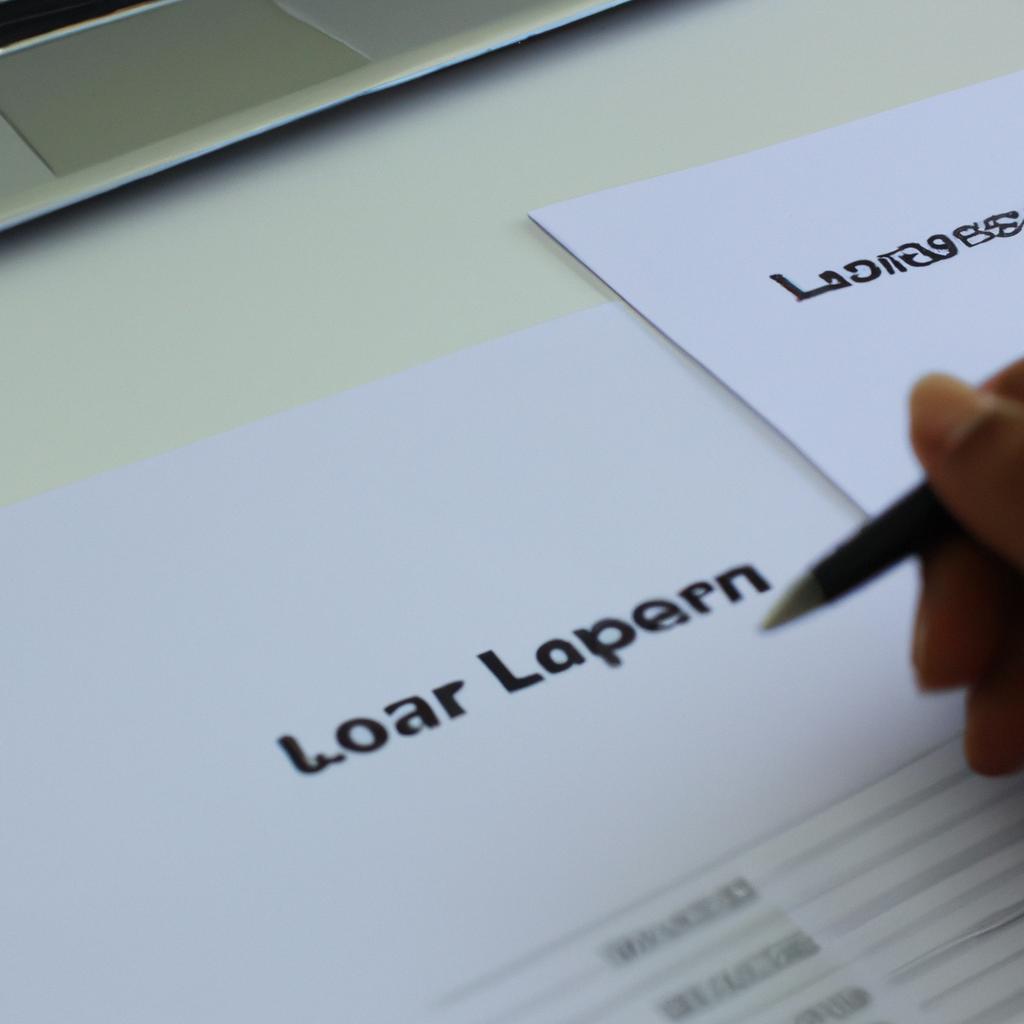
In today’s society, many individuals pursuing careers in the arts and music face unique challenges…

Props play a crucial role in enhancing the overall experience of arts and music theater…
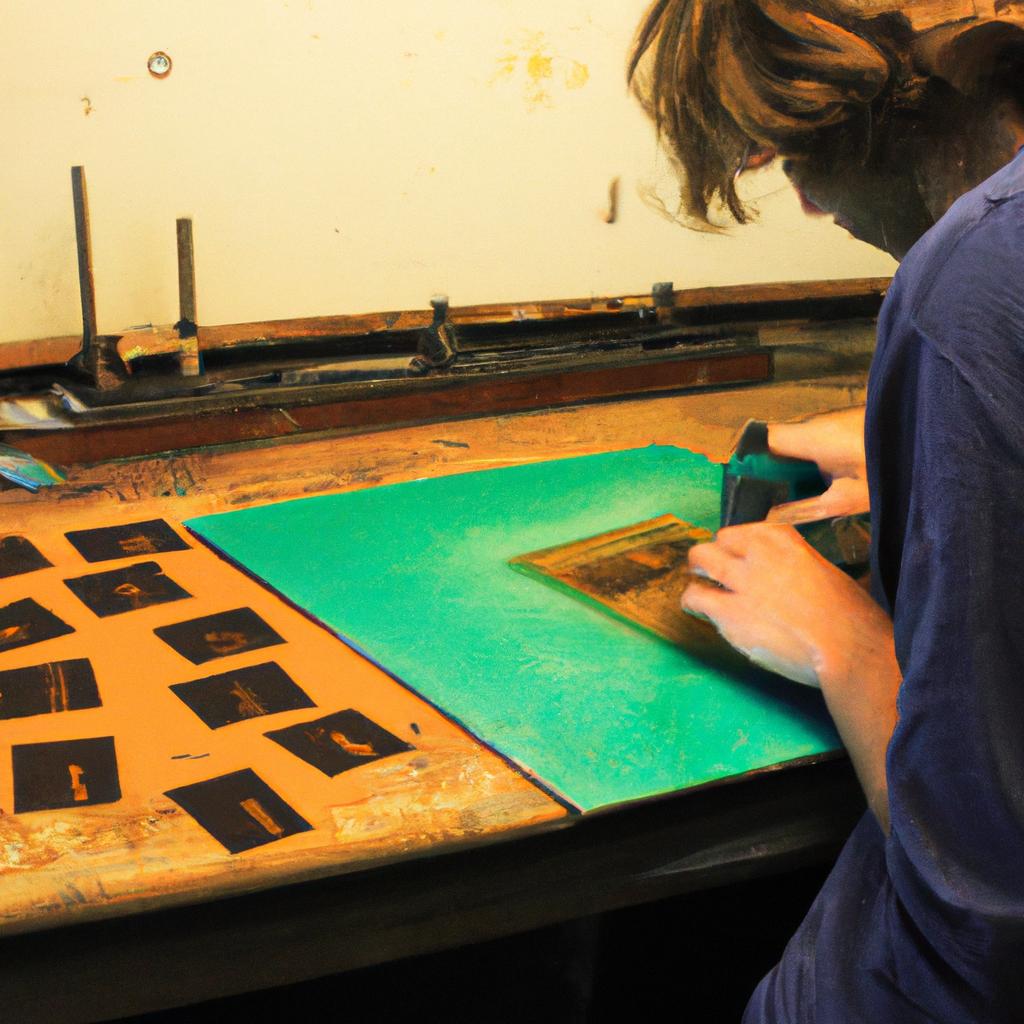
Printmaking is a unique form of artistic expression that combines the elements of visual arts…
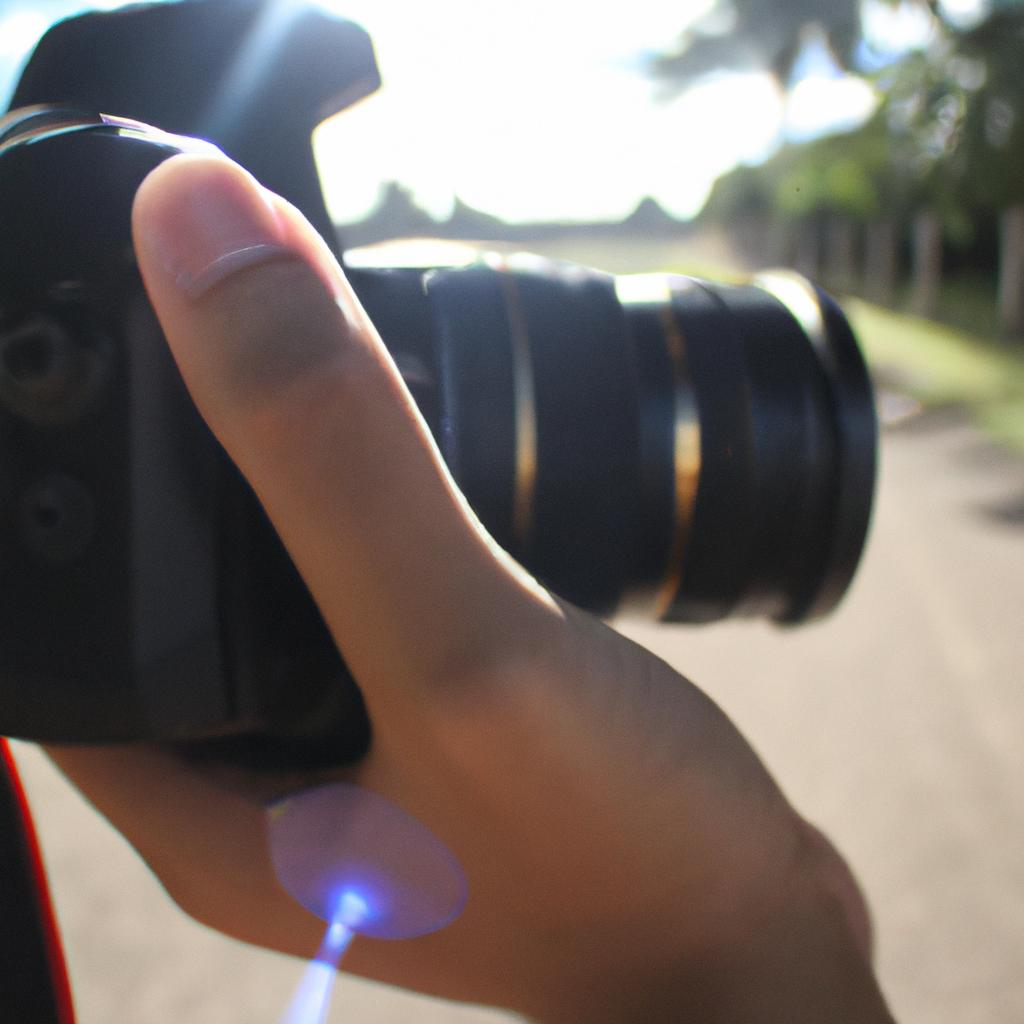
Portrait photography is a captivating form of artistic expression that seamlessly intersects with the realms…
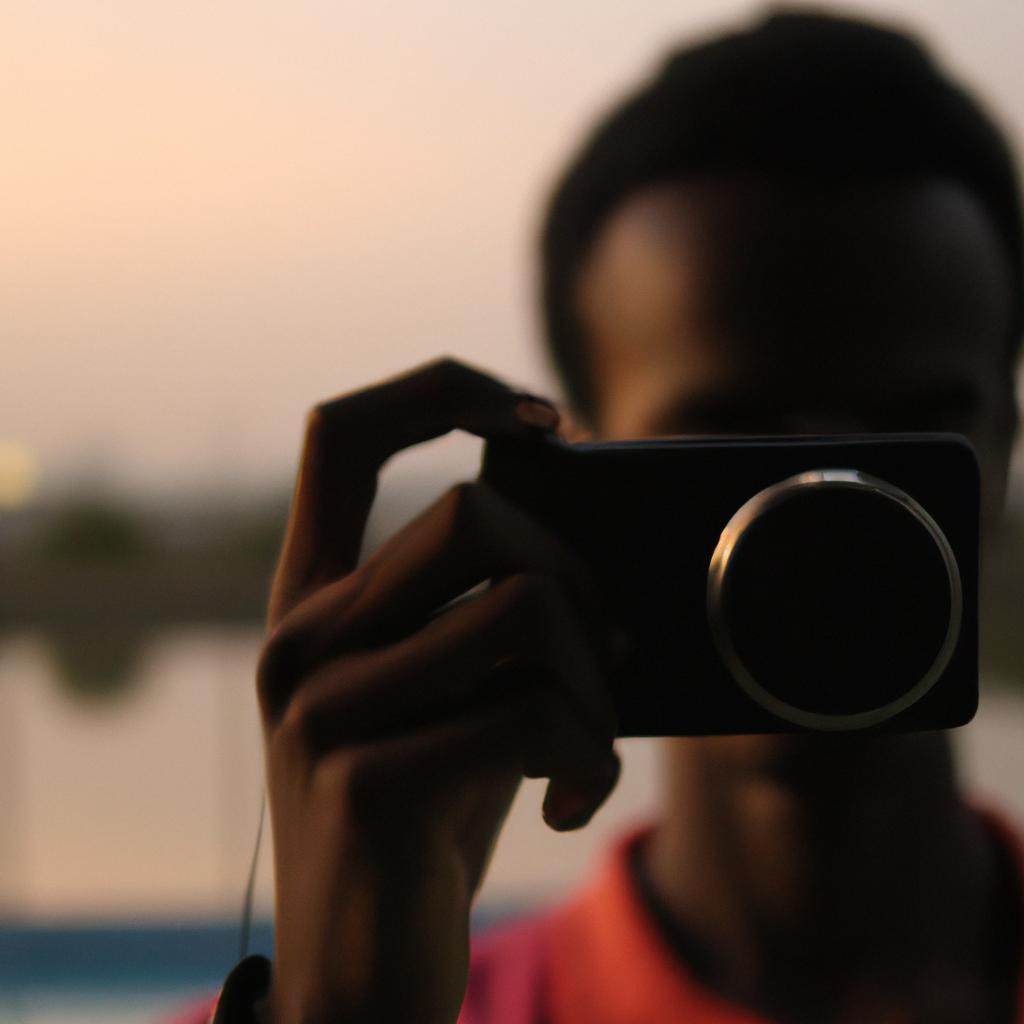
Photography plays a vital role in the realm of arts and music, as it serves…
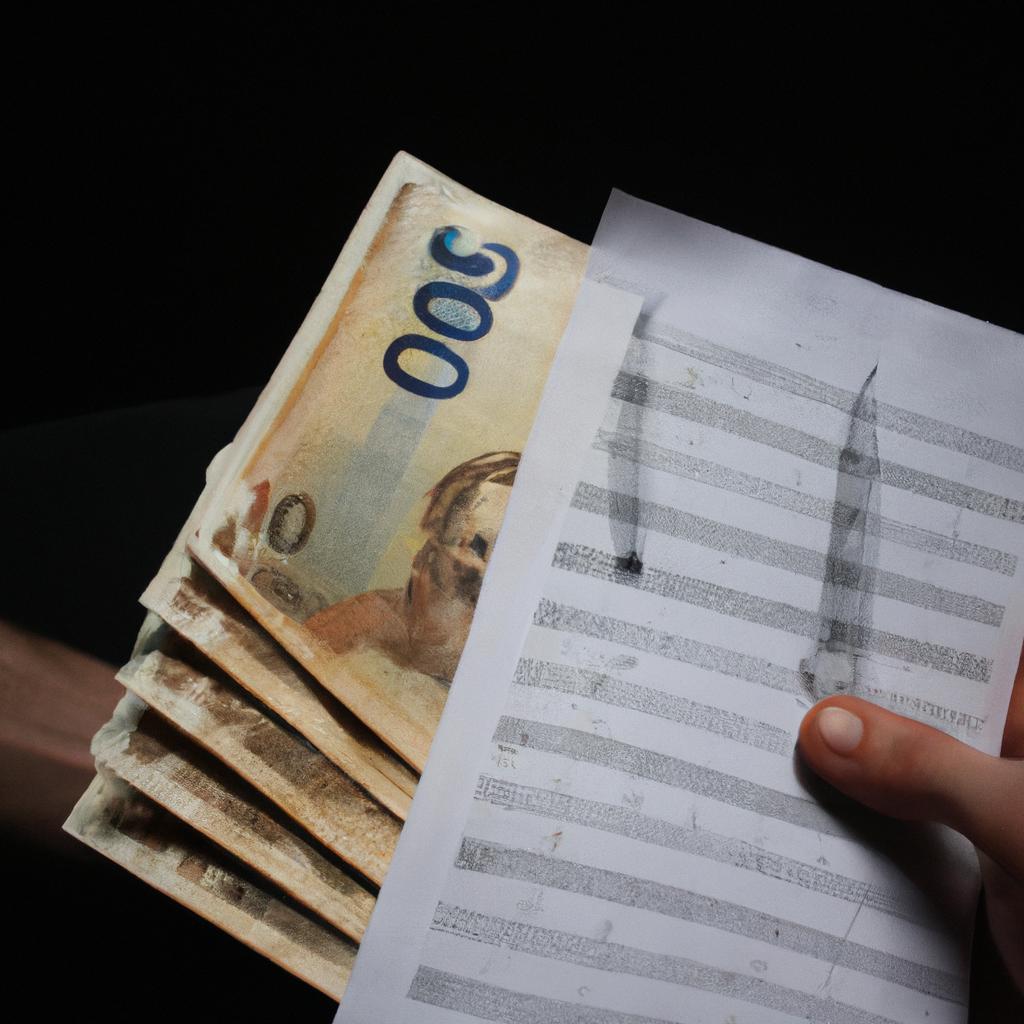
The relationship between payday loans and the arts is a complex one, intertwining financial strain…
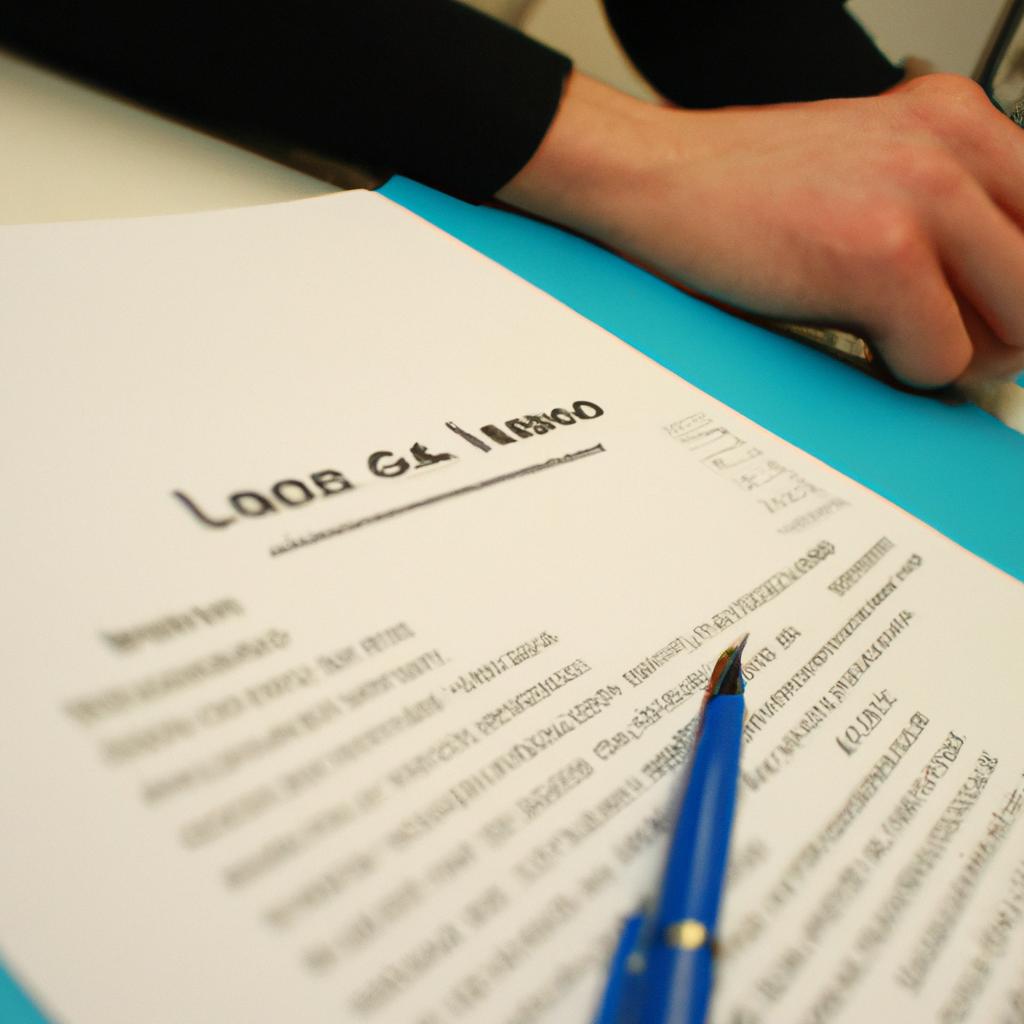
The world of arts and music is often characterized by creativity, passion, and dedication. Artists…

In the realm of theater, lighting plays a crucial role in enhancing the overall artistic…

Landscape photography is a captivating art form that allows photographers to capture the beauty and…
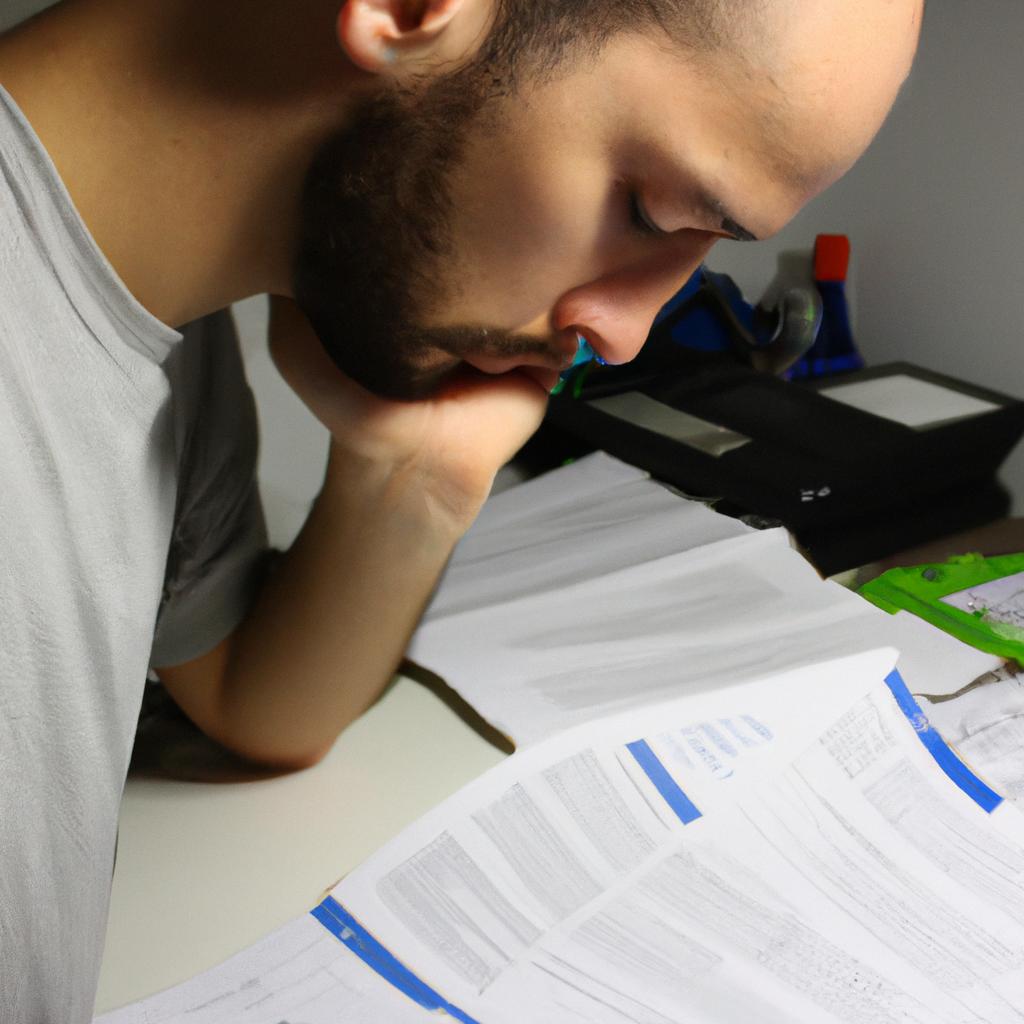
Over the past few decades, there has been a growing concern surrounding interest rates in…
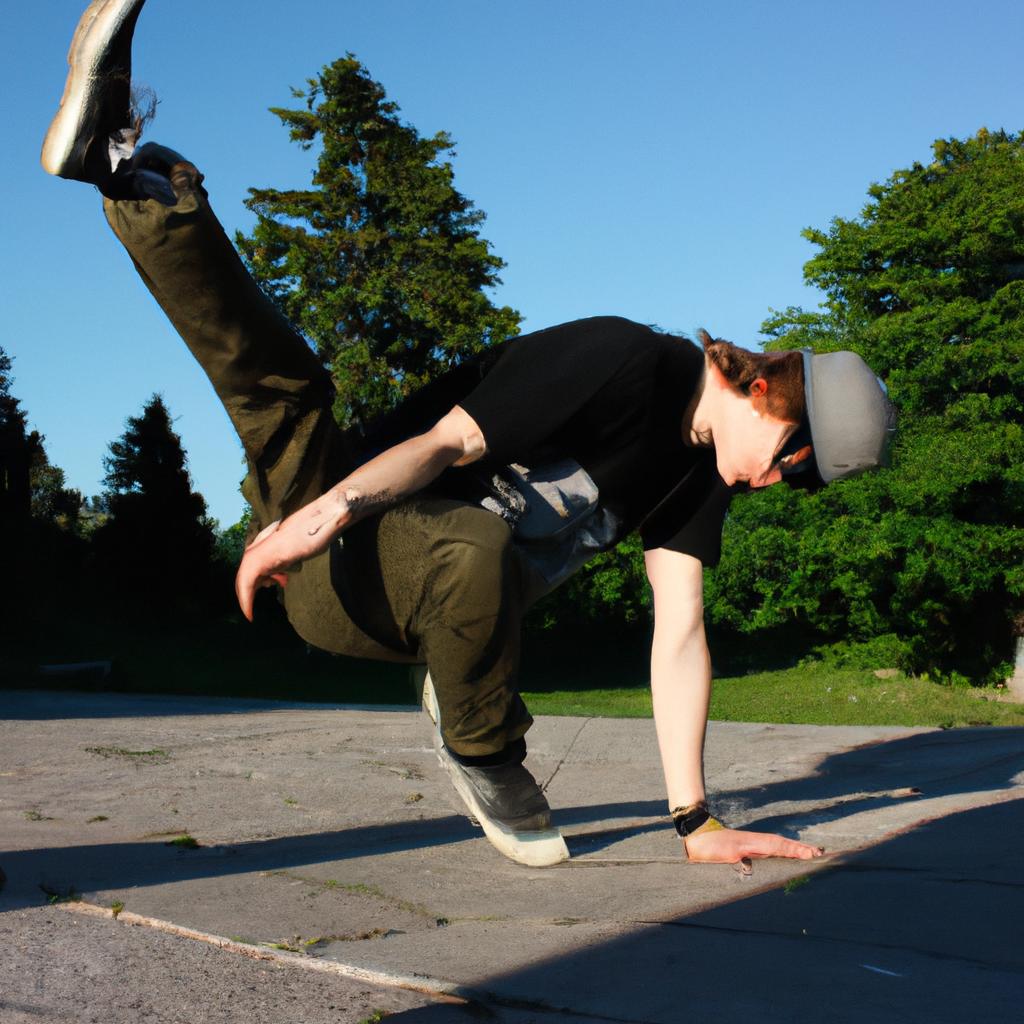
Hip Hop in Arts and Music: The Dance Revolution In the realm of arts and…

Financial eligibility in the arts and music industries is a topic of increasing concern as…

Film theory, as a discipline within the realm of arts and humanities, offers a comprehensive…
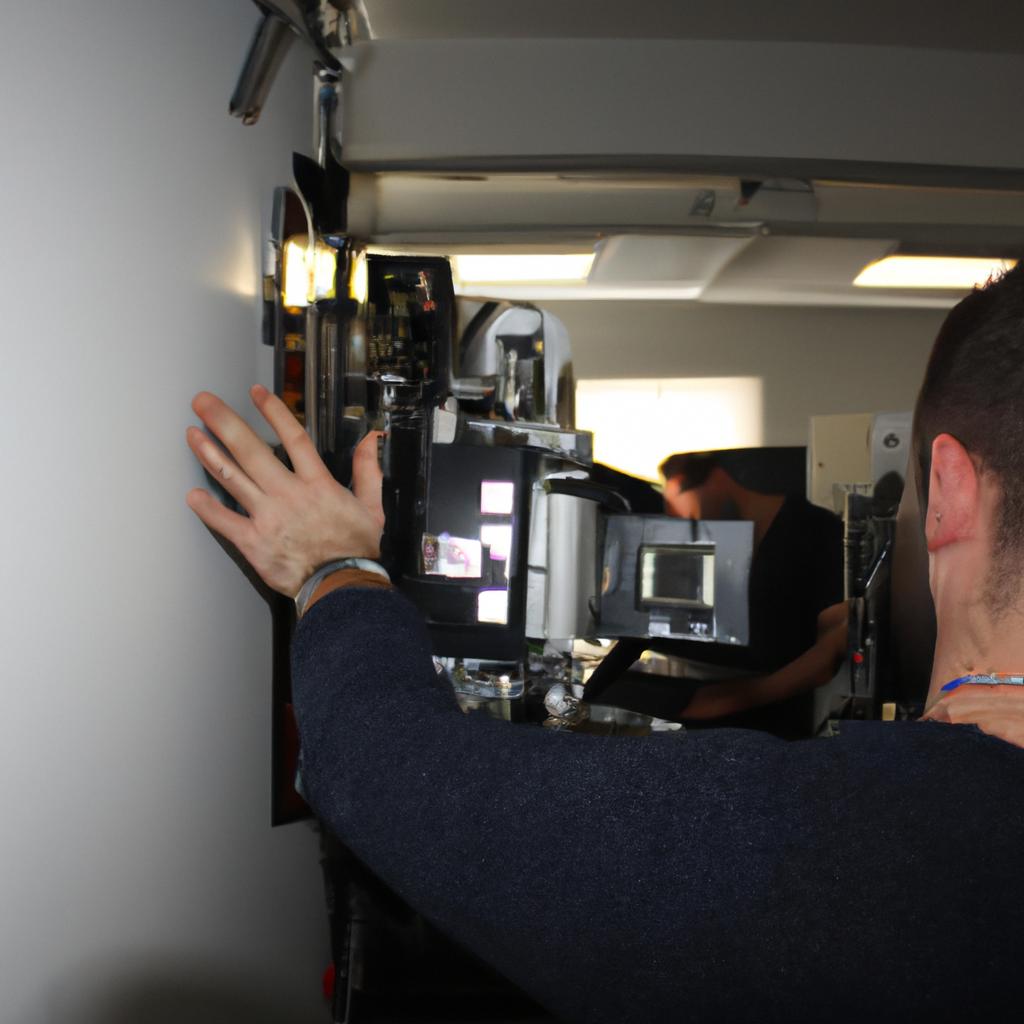
Film production is an intricate and multifaceted process that intertwines various art forms, including visual…
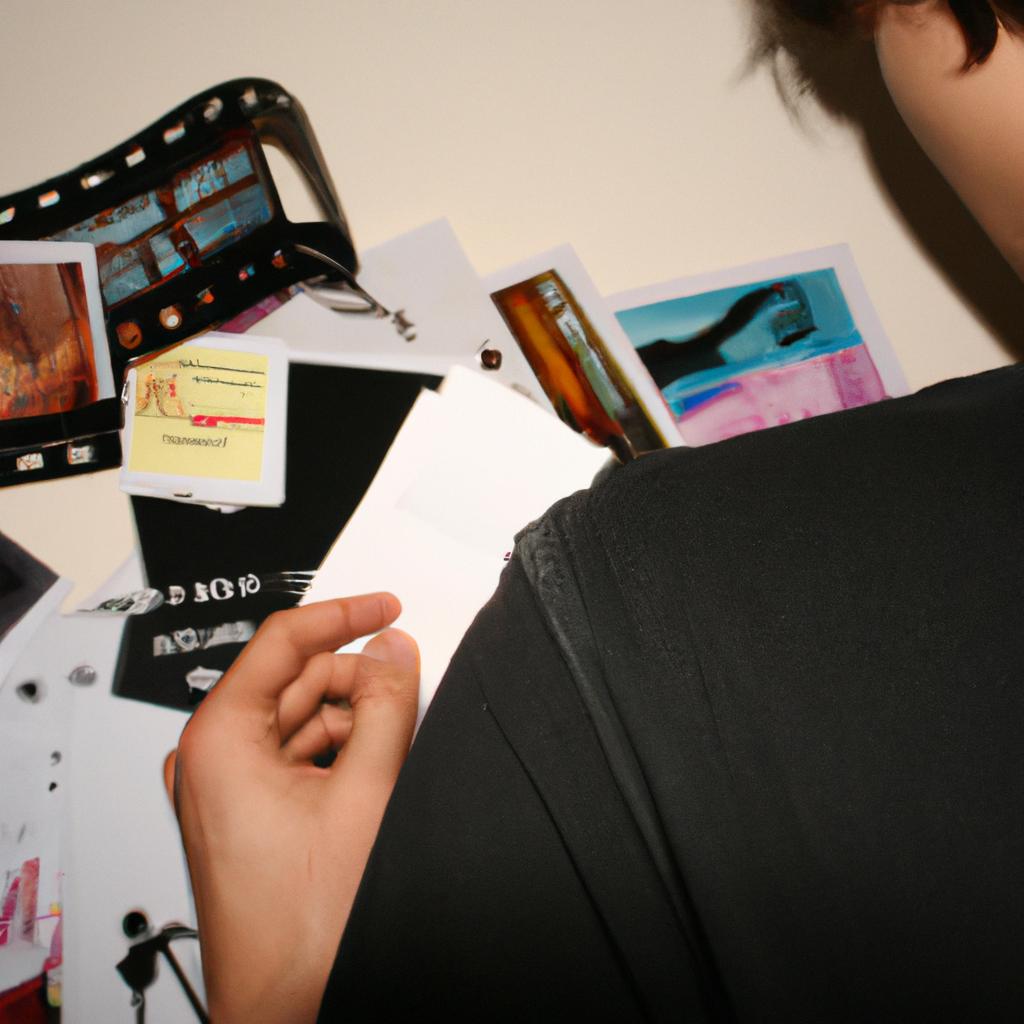
The world of film is a vast and diverse landscape, comprising an array of genres…
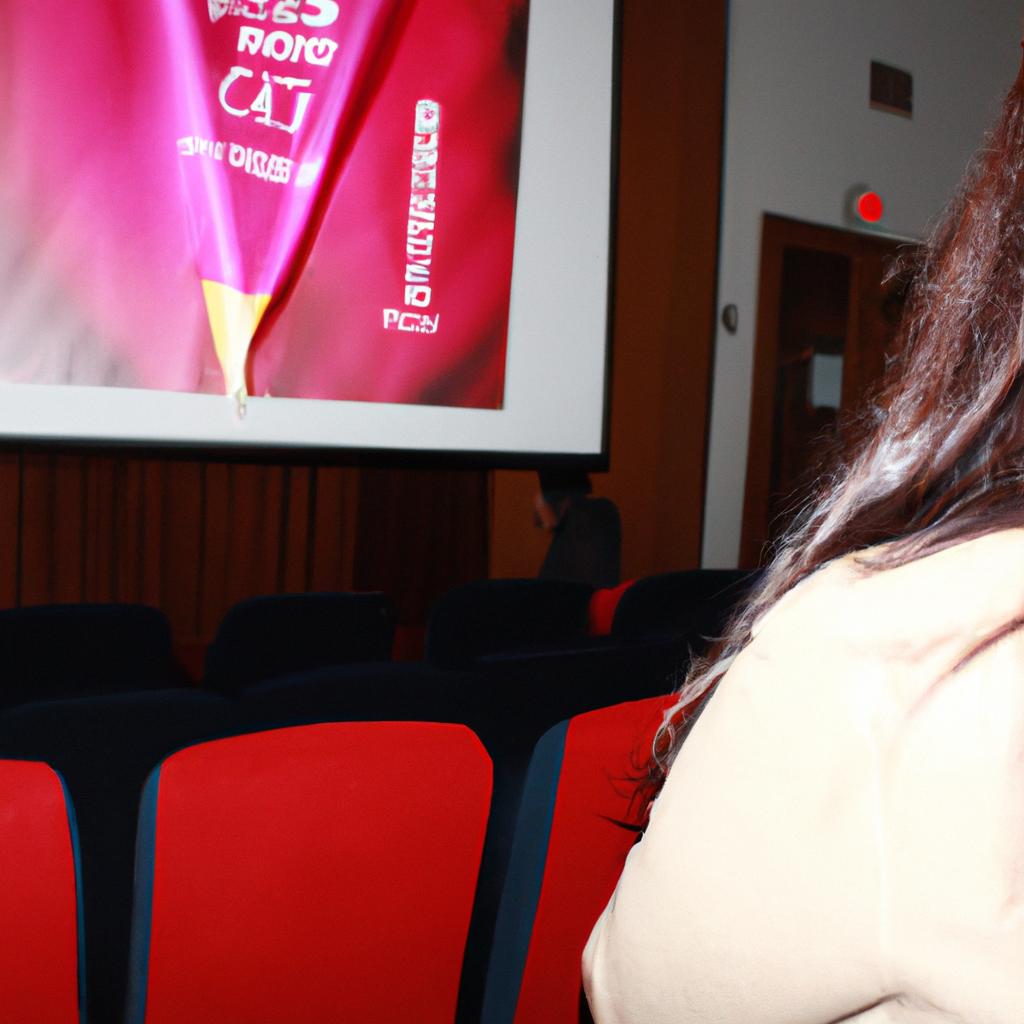
Film festivals have become an integral part of the arts and music scene, serving as…

The intersection of arts and music in visual arts has long been a subject of…

Credit checks have become a prevalent practice in various industries, including the arts and music.…
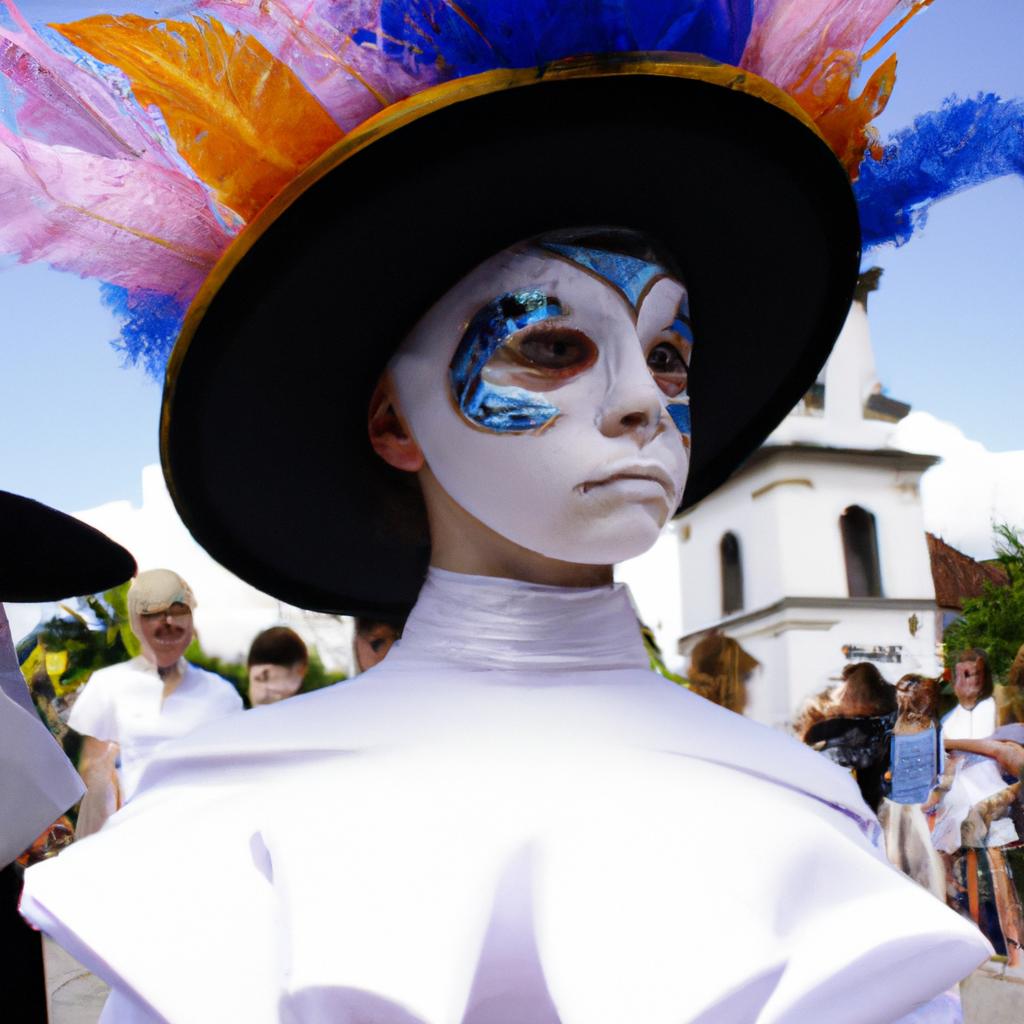
The use of costumes in arts and music has long been an integral aspect of…

Contemporary dance serves as a captivating medium that encompasses the convergence of arts and music,…
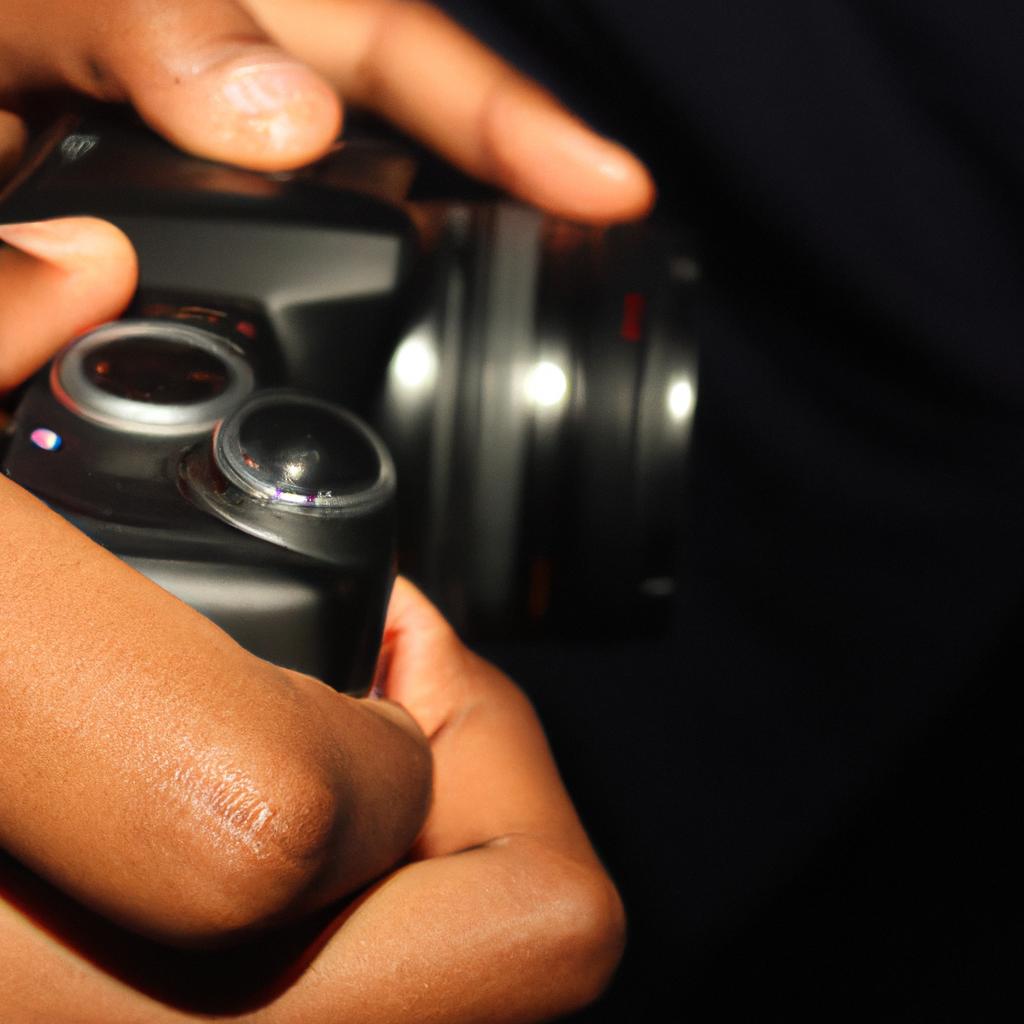
In the realm of visual arts, composition techniques play a pivotal role in capturing and…
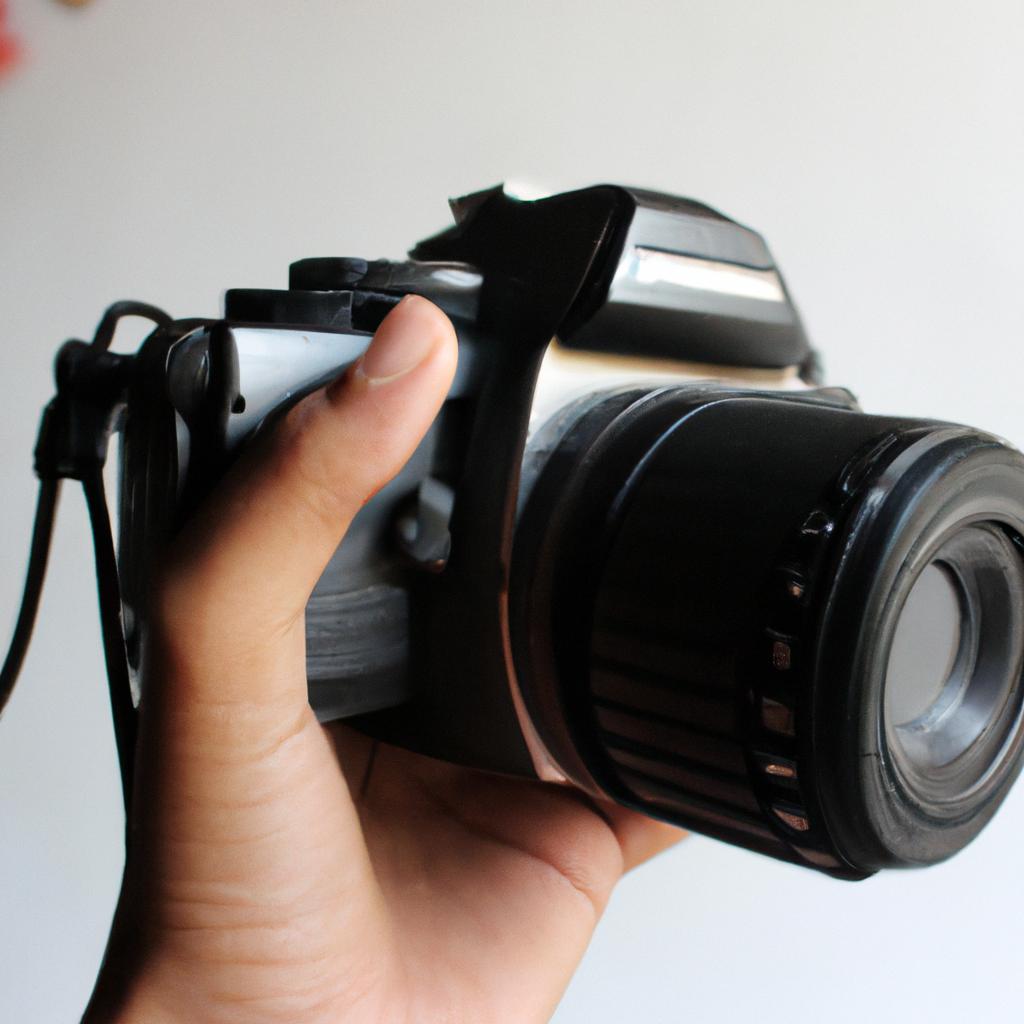
Cinematography plays a crucial role in the realm of arts and music, as it encompasses…
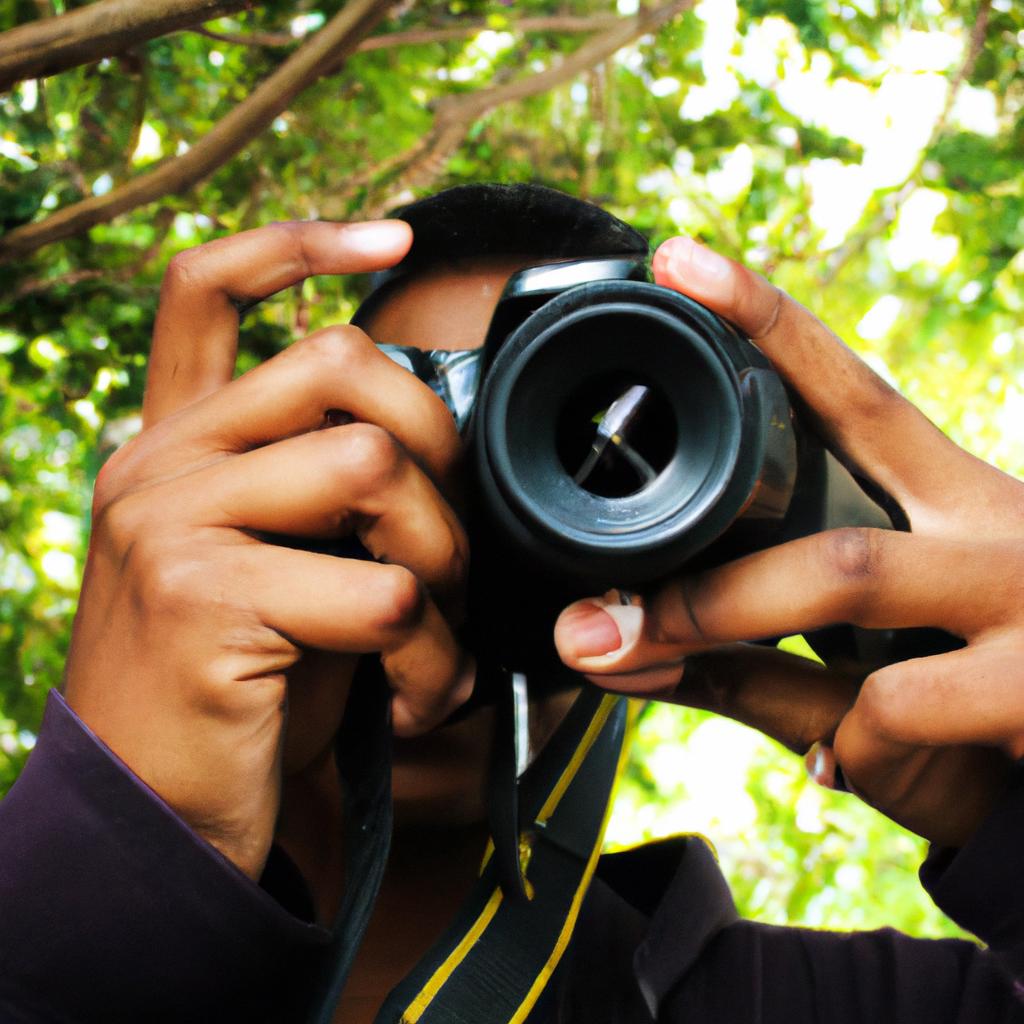
The art of black and white photography has long been revered for its ability to…
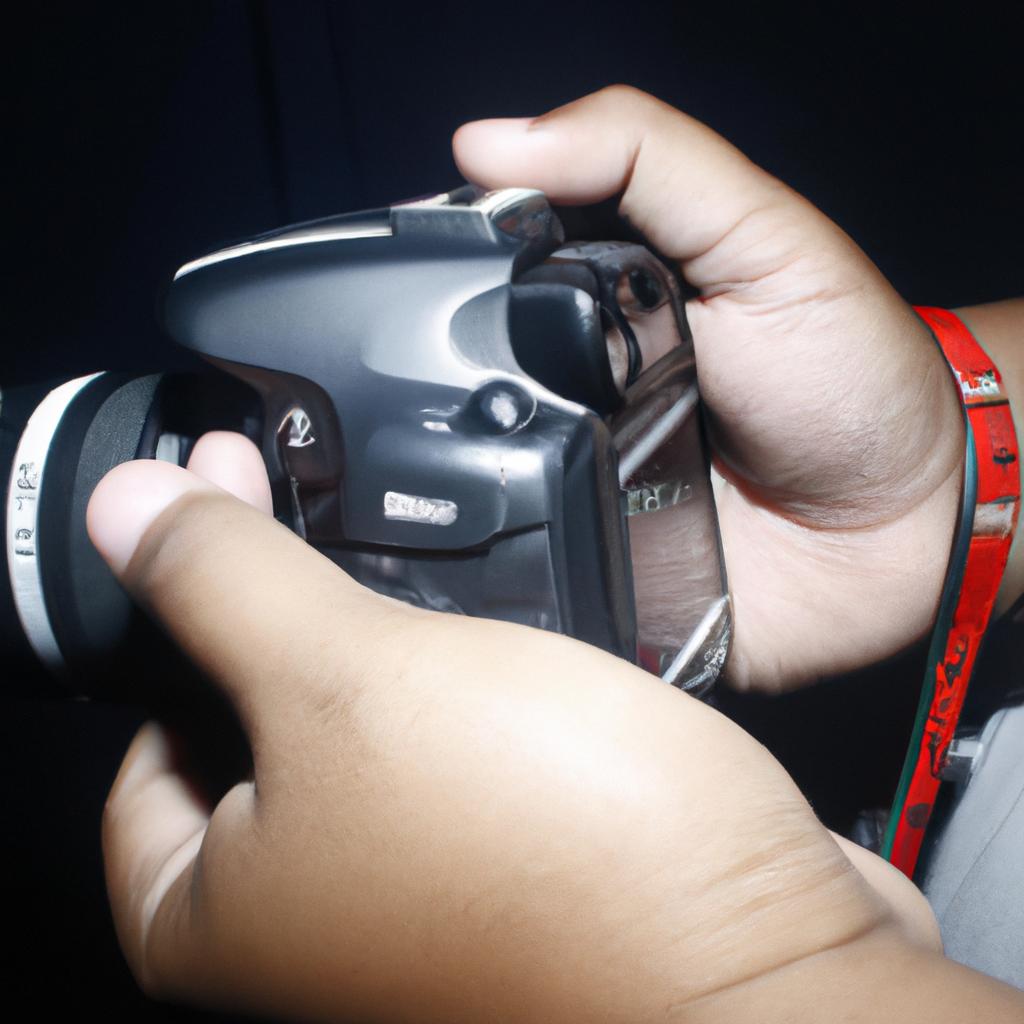
The use of camera equipment in the fields of arts and music has become increasingly…

Architecture is an art form that encompasses not only the physical construction of buildings but…
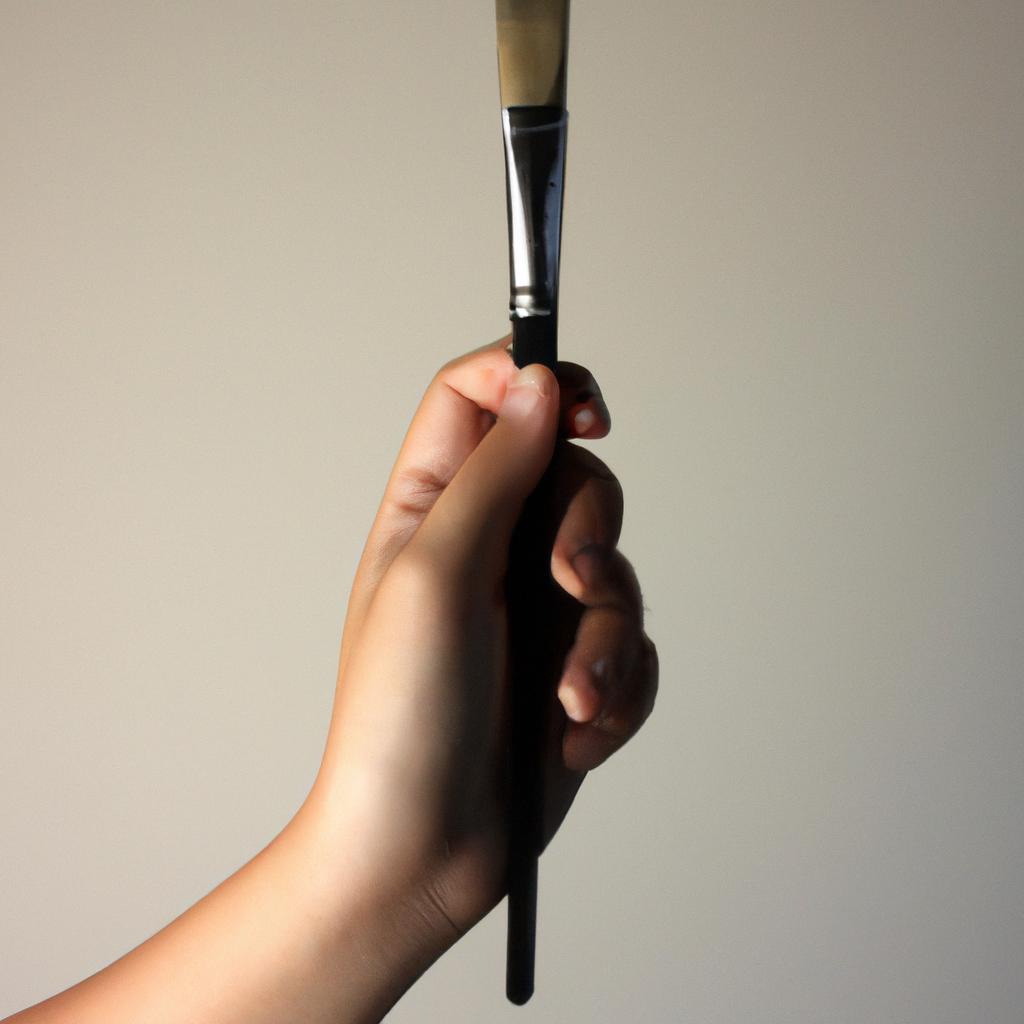
The application process for arts and music programs can be a daunting endeavor, requiring careful…
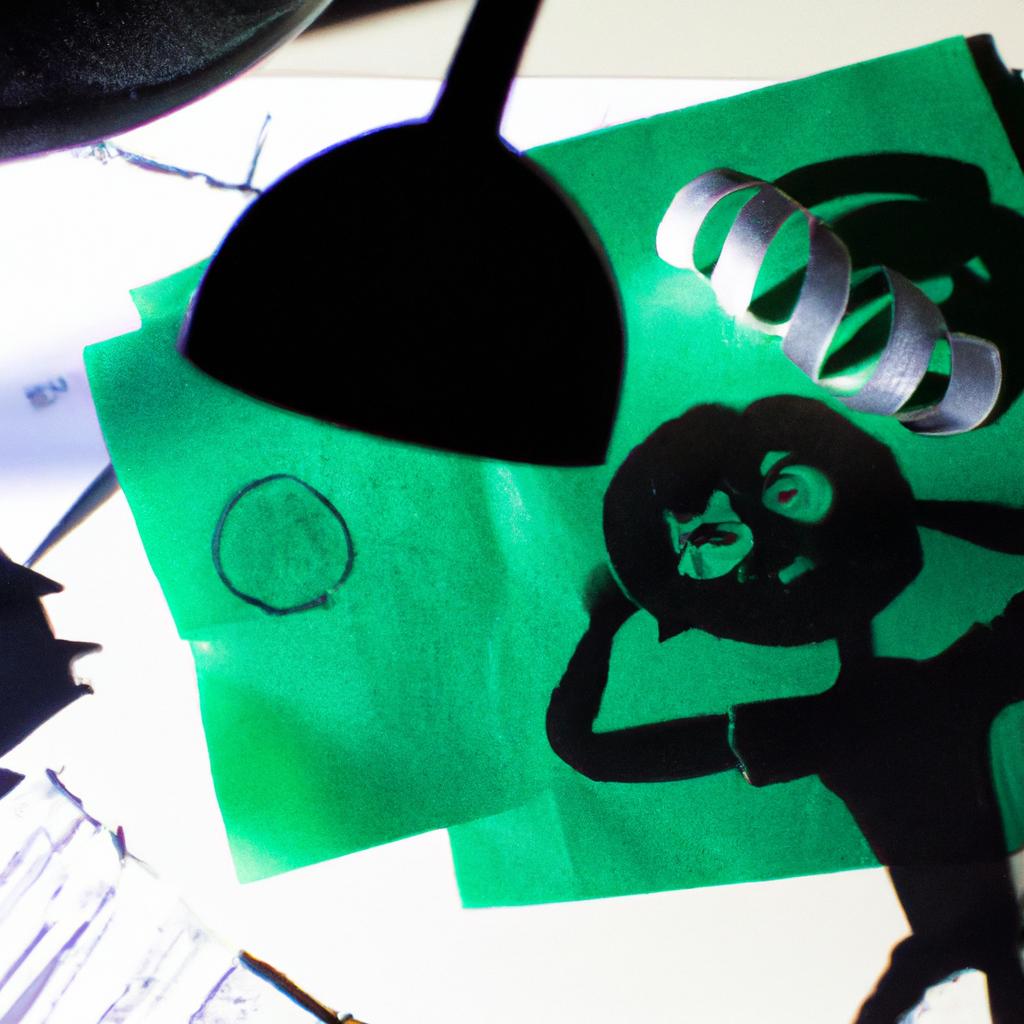
Animation has become an integral part of the arts and music industry, revolutionizing the way…
